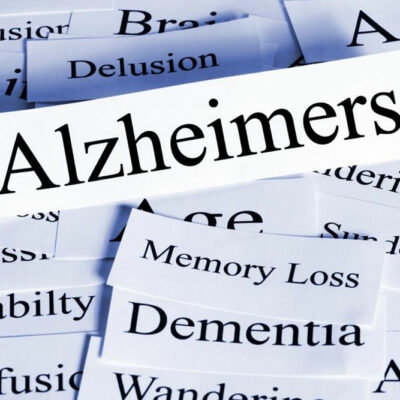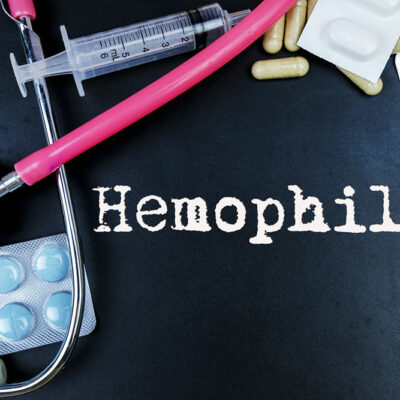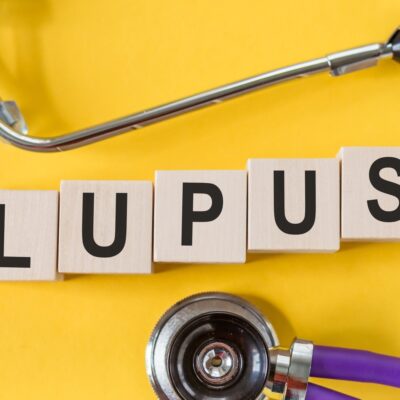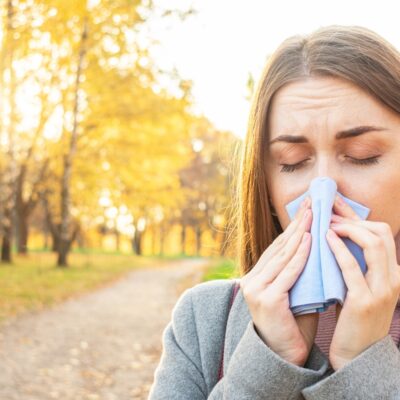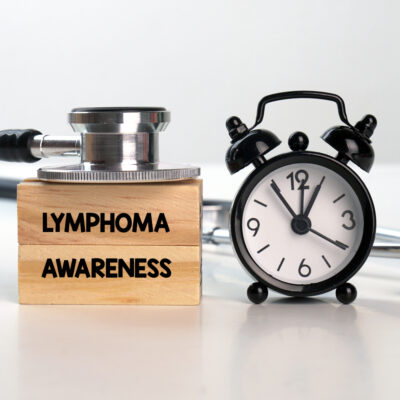
Health Conditions
The causes and symptoms of tuberculosis
A persistent cough that lasts for two or more weeks and is accompanied by chest pain could be a cause of worry. These symptoms could point to tuberculosis (TB), which is a contagious infection that affects the lungs. In very severe cases, the disease may also spread to the brain and spine. It is a bacterial infection caused by Mycobacterium tuberculosis and spreads through tiny drops that are released into the air when an infected person coughs or sneezes. Back in the 20th century, tuberculosis was the main cause of death in the country, but with the development of powerful antibiotic medicines, most cases of tuberculosis can now be cured. Causes of tuberculosis Being a bacterial infection, tuberculosis has many different strains of bacteria causing the disease. A number of strains of the disease are resistant to the medicines used for treating it. People affected with the disease may require several months or even years to be completely free from it. Tuberculosis is caused by Mycobacterium tuberculosis, which spreads from an infected person’s cough or sneezes. When an infected person coughs, sneezes, spits, speaks, sings, or even laughs, the chances of the bacteria being expelled are high. Most people get infected due to long-term or regular exposure to a person affected by the disease.
Read More 